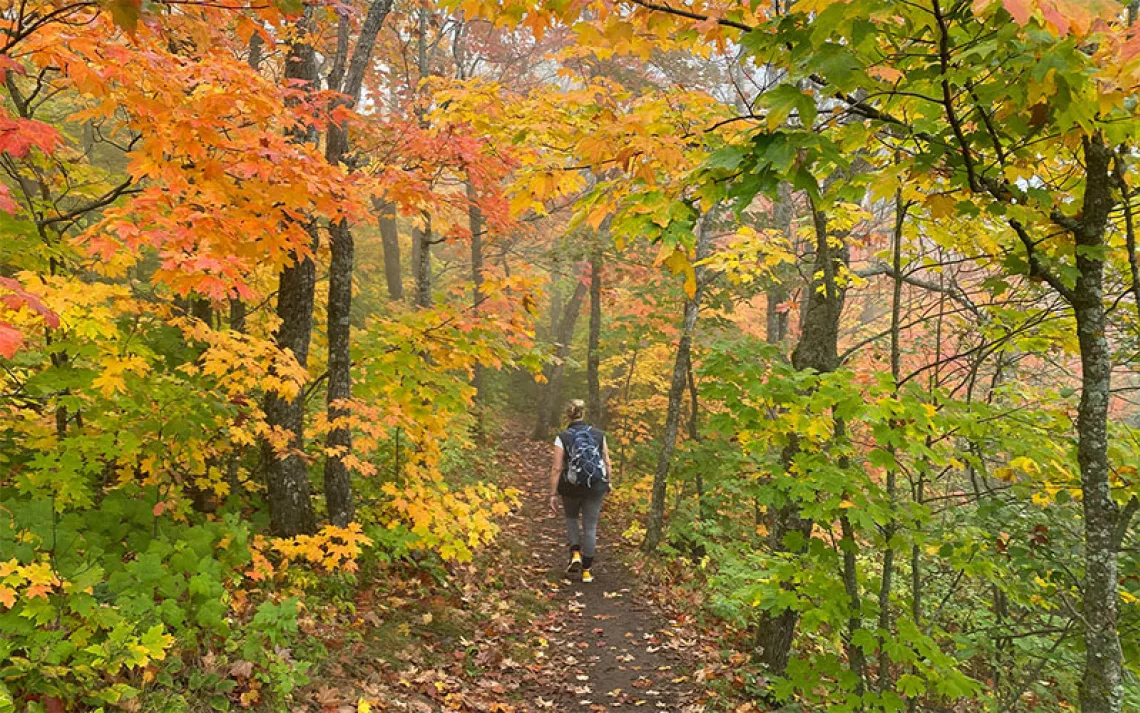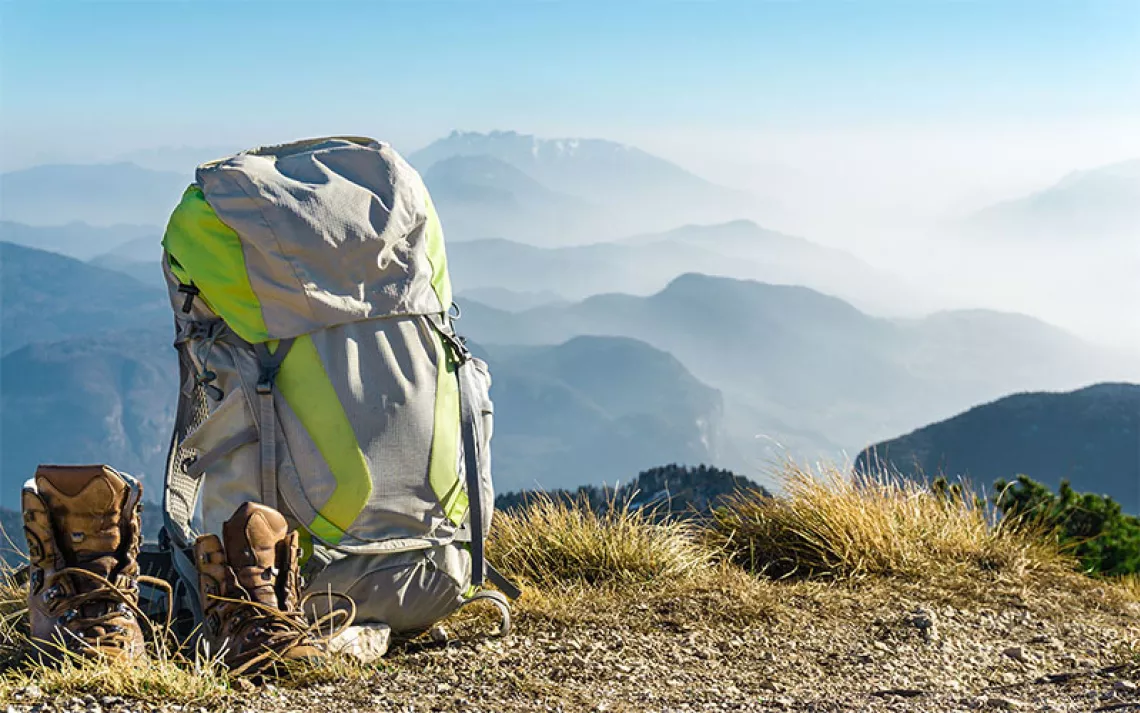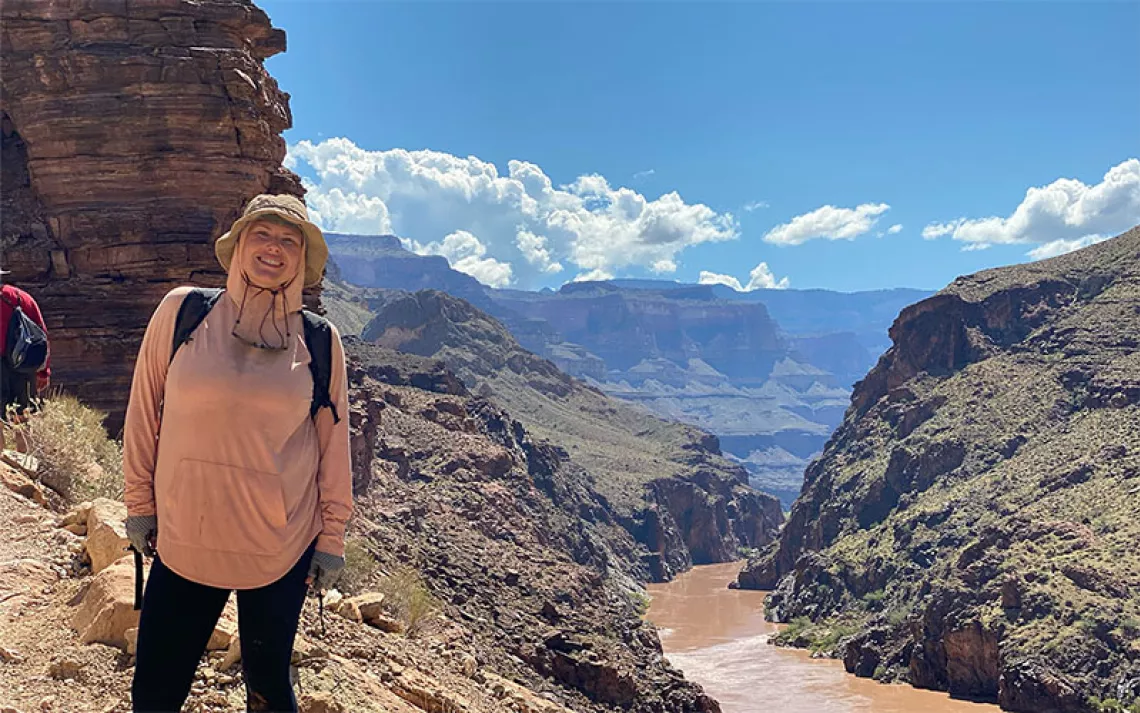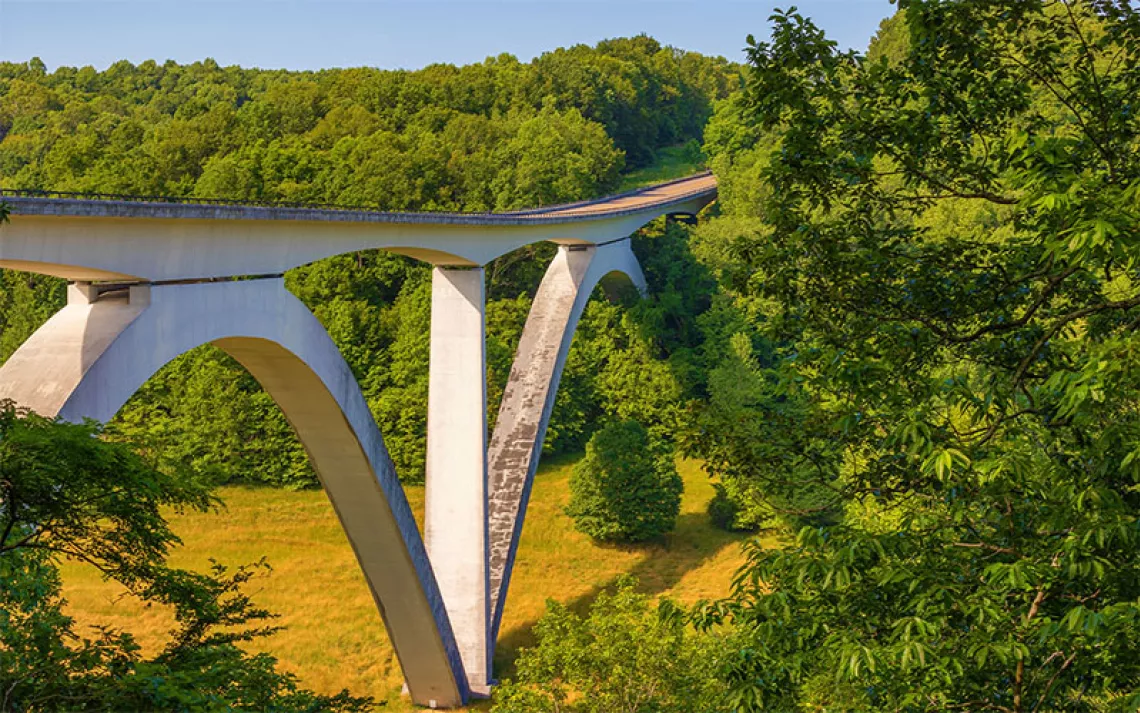What Happens After You Create One of the World’s Most Successful Marine Preserves?
Some fear tourism could be the end of Cabo Pulmo
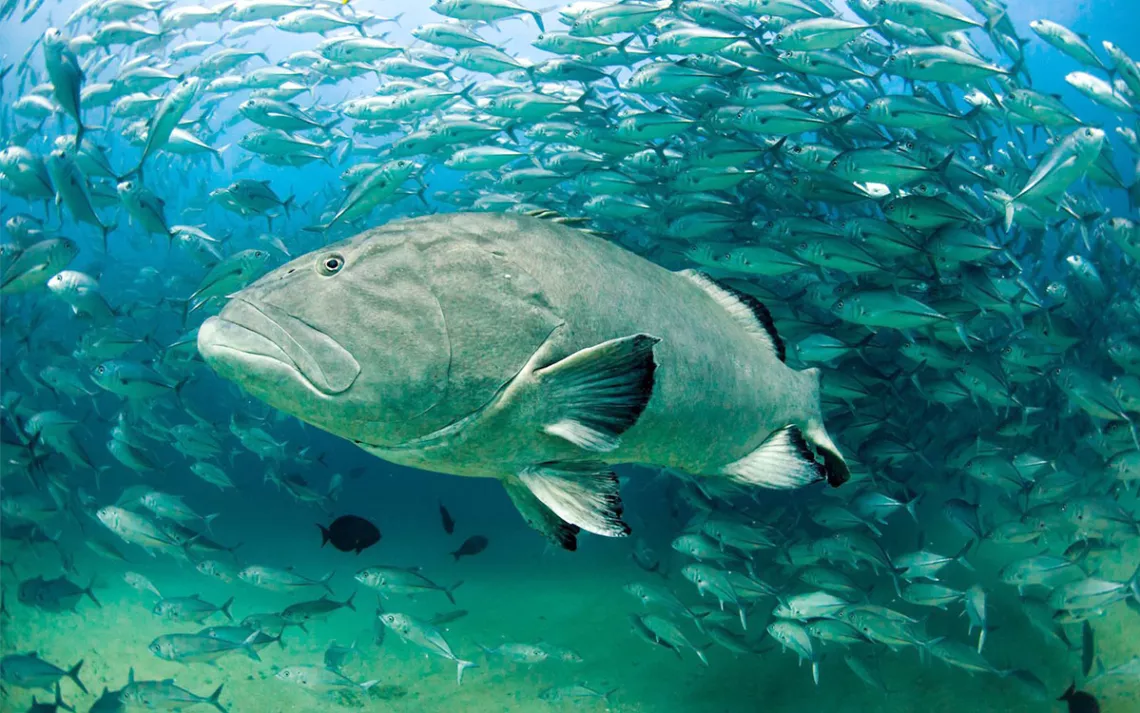
Photo courtesy of Octavio Aburto
Along the southeastern edge of Mexico’s Baja California peninsula, a long and plain dirt road leads to the surreal azure shores of Cabo Pulmo. This small former fishing village nestled along the Gulf of California has no grocery stores or gas stations, but it does have over a dozen active dive shops and outfitters. That’s because the town of less than 200 residents also lays claim to one of the world’s most successful marine preserves: Cabo Pulmo National Park.
Here divers and snorkelers can float among bull sharks and marlin, tornado-like schools of jacks, the endangered gulf grouper, whale sharks or humpback whales, and multiple species of endangered sea turtles. Roughly a two-hour drive from the flashy resorts of Los Cabos, the breadth of marine diversity and hard coral formations make it a unicorn destination for scientists and tourists alike.
Twenty-nine years after the park opened and implemented a vast no-take marine sanctuary, some community leaders and scientists are questioning whether Cabo Pulmo can survive the love and attention that has come with its success.
“Tourism could be the end of Cabo Pulmo,” says longtime resident and conservationist Judith Castro Lucero.
From pearls to spoils
Castro Lucero is a local restaurateur by day whose family helped pave the way for the park in the 1980s and ’90s. Her grandfather, Jesús Castro Fiol, was a legendary pearl diver, said to descend over 70 feet on a single breath in pursuit of the precious resource. When the pearl supply collapsed here and throughout the Gulf of California, Castro Fiol pivoted to fishing. He passed along that trade to most of his eight children—and many of them onto their children—who helped turn Cabo Pulmo into a bonafide fishing village in the mid 1900s. For decades, their day boats returned with heaps of sharks, turtles, groupers, and other massive finfish prized for human consumption. Business was good, until it wasn’t, with another resource collapse.
In the 1970s and ’80s, the Castro family and others noticed sharp declines in the fishery. Eventually, days would pass without any sizable harvest, and fishers began venturing much farther to find a decent catch. They also began asking tough questions about the future.
During these years, marine biology scientists and students from Autonomous University of Baja California Sur in La Paz—roughly a three-hour drive north of Cabo Pulmo—visited the park seasonally to conduct research on the vast volcanic coral formations and other facets of the extraordinary ocean ecosystem. Their presence cracked open the door for a unique partnership between academia and fishers.

Photo courtesy of Octavio Aburto
Committing to recovery
After conversing with fishers and conducting surveys, the researchers confirmed that the reefs were overfished and depleted. Members of the Castro family, including Judith’s brother Mario, led a grassroots effort to create a protected reserve. Mario Castro had spent time in Los Cabos and witnessed the tourism draw of scuba diving. They wondered if Cabo Pulmo could generate something similar if it recovered. “You can’t imagine how many meetings they had,” Castro Lucero says.
As interest grew, international conservation groups with political sway joined the cause. In June 1995, they succeeded: The Mexican government established Cabo Pulmo National Park. The preserve now spans 27 square miles of ocean, where both recreational and commercial fishing are banned.
“It’s been one of these living experiments where scientists and conservation groups and the government and the community are working together,” says Catalina López-Sagástegui, director of the Gulf of California Marine Program, which surveys the ecosystem within Cabo Pulmo and nearby waters. “The biggest thing that sets Cabo Pulmo apart is how involved the community is.”
Waiting for change
In the park’s first decade, the federal government offered little funding or infrastructure. One detailed paper by environmental anthropologist Ryan Anderson describes the project as “burdened by social conflict, minimal infrastructure, and inadequate resources for governance and enforcement.” Families lost access to local fishing with no guarantee the habitat would respond. López-Sagástegui calls it a total gamble, with the greatest risk falling on residents.

Sign up to receive Sierra News & Views
Get articles like this one sent directly to your inbox weekly.
With this action you affirm you want to receive Sierra Club communications and may vote on policy designated by the Sierra Club Board.
In 2005, around the same time that Jesús Castro Fiol died at the age of 107, locals began reporting that fish had returned. The park was declared a UNESCO World Heritage Site that same year. Then in 2010, a head-turning science study made headlines that expedited international interest.
Marine surveys collected over a 10-year span in Cabo Pulmo revealed a 463 percent increase in fish biomass between 1999 and 2009. Head researcher Octavio Aburto and his team had to recheck their numbers before publishing given that the recovery exceeded anything seen in other marine reserves worldwide. They also found that the biomass of top predators and carnivores (such as sharks) multiplied 11 times and four times over, respectively. “I was amazed,” says Aburto, now a professor of marine biology at the Scripps Institution of Oceanography.
While studying marine biology in La Paz in the early ’90s, Aburto cut his teeth doing research in Cabo Pulmo just before it became a protected area. More than a decade later, he published mesmerizing underwater photos of the returning sea life, which helped earn him a title as a National Geographic Explorer in 2010. He has since remained a fierce advocate for the community’s sustainable evolution.
Scuba diving shops and handmade signs for lodging quickly transformed the downtown landscape. It was a much-needed shot in the arm for the local economy and highly involved residents like the Castros who traded fishing for ecotourism.
“The water is beautiful. The fish are there. The life came back,” Aburto says. “Now everybody wants to see that diamond.”
Preserving the success
Today, the biggest challenge the preserve faces is from the sheer volume of divers, tourists, and developers coming to Cabo Pulmo. Multiple researchers, such as Anderson, also point out that not all local residents benefited from this transformation in their community, which sparked ongoing tensions. While direct damage to the coral and fish ecosystem remains a concern, the town faces a limited supply of clean water, electricity (largely generated from solar panels), and other basic resources.
The first major outside developer arrived in 2008, planning to build a massive resort beside the park. The sprawling project, dubbed Cabo Cortéz, promised tens of thousands of guest rooms, a golf course, a marina, and other comforts for the modern-day traveler. After enduring multiple years of grassroots protests and local opposition, the project was shut down.
But others have crept up since, such as Hotel Bahía el Rinón, encroaching on coastal dunes. Despite a series of legal actions against Hotel Bahía’s proposed villas, condominiums, restaurants, and beach club, diggers and earth-movers last year reportedly arrived on the site. That action prompted federal environmental authorities to revoke permits or approval for the project early this year.
Looking ahead
The ongoing tension fuels Castro Lucero’s vocal advocacy for the park.
In the past 15 years, she has traveled to present at climate and conservation gatherings in New York, Paris, and beyond. And she gives regular presentations to local children and visitors in Cabo Pulmo, concluding these days with a message you won’t find on most tourism brochures.
“Cabo Pulmo is not for all,” she says. The long dirt road to get there, for example, limits traffic and tourism from Los Cabos to the benefit of the natural ecosystem. But the lack of pavement and easy access also poses challenges for residents.
One of the latest ambitious community proposals is to extend the park boundaries onto land, or establish clear development regulations for property abutting the sanctuary. That policy would help enforce the reality that what happens on land always impacts the sea.
In Aburto’s view, the bigger systemic shortcoming here is the lack of many other pristine marine preserves, which could exist with community advocacy and support. Other researchers have even published papers highlighting Cabo Pulmo as a model for such efforts.
“Right now, in the middle of a charcoal region, you only have one diamond,” Aburto says. “We need more Cabo Pulmos.”
 The Magazine of The Sierra Club
The Magazine of The Sierra Club
